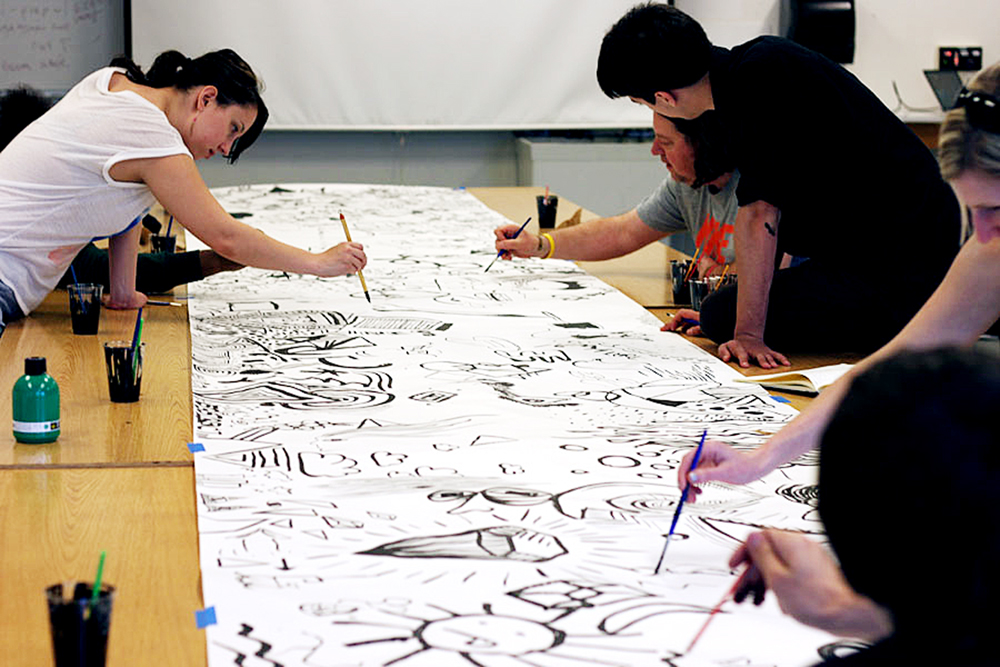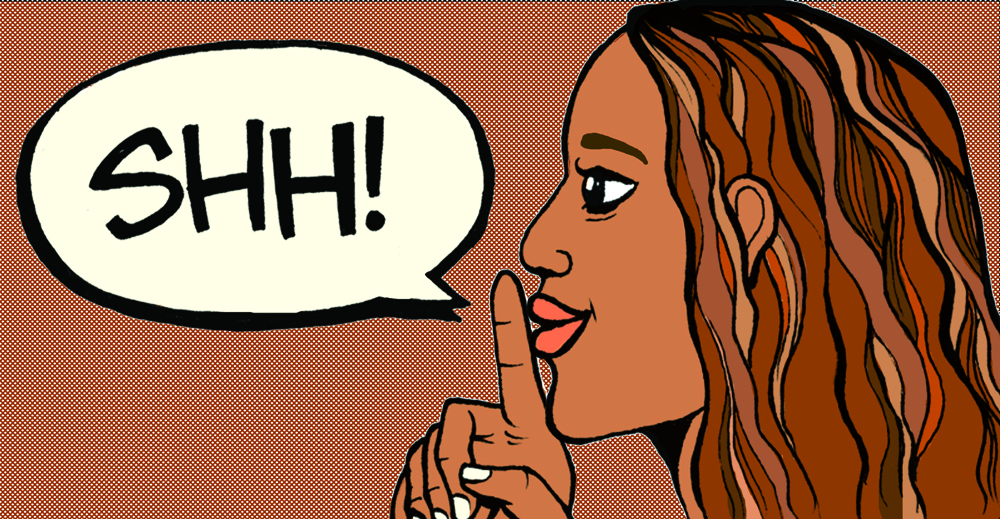The criticisms of the HBO series Girls that really bother me aren’t the ones made by crass tweeters about Lena Dunham’s naked body. Internet message boards are full of belligerent stock reactions by people who don’t actually think about what they’re saying, and their influence is minimal. The criticisms that really get my goat attack the show’s personality. The wealthy characters’ intense fear of responsibility, self-referential irony regarding that fear and active dramatization of their lives tend to bother some critics.
Now, while I have no idea what it’s like to be rich, I certainly know what it’s like to have a choice between feeding off of your parents and making your own uncomfortable way while complaining. I also know what it’s like to dramatize life in order to give it more “meaning.” People similar to the characters in Girls exist, and those people relate to those characters. In fact, I think Girls’ artistic merit comes predominately from its keen characterizations. The problem, I think, is that critics know it, too.
I think critics aren’t mad that characters are written this way, but rather that people like these characters exist and have an artistic out. It’s a case of reverse artistic sociocentrism.
Stories like Precious or Brokeback Mountain get positively reviewed almost exclusively for their perspective, but Girls gets panned for Dunham’s perspective because critics prefer the story of the Other. It seems nobler to engage with the outcast. True, it’s important to engage with the angle of hardship. Still, just because the characters in Girls aren’t socially or economically alienated, doesn’t mean they shouldn’t have a voice or that their voice should be modified into an inauthentic version of itself.
This kind of perspective assault isn’t so far from another criticism of Girls, which carries more weight but seems misdirected. The whiteness of the Girls cast is certainly unnerving. However, Dunham seems pretty race-unconscious—neither inclusive nor exclusive.
Through Hannah’s second-season tryst with black Republican Sandy, we find that race and politics are social obscurants. In response to casters of race-based aspersions, the scene in which Hannah and Sandy break up finds the two tangled in a mess of judgments and false accusations of fetishizing. The scene shows that paying undue attention to racial or political characteristics just confuses relationships and that using these things to define relationships is stupid anyway. This scene proudly stands behind its perspective and its ignorance. The creator is white and leads a rather white life. It’s sad, but it’s honest.
A similar problem arose with the advent of the show to which Girls has often been called a response: Sex and the City. Critics equated the female characters’ faulty promiscuity and desperate relation to men with a faulty aesthetic and confused perspective with a lesson. It is as if critics think these shows perform a certain kind of social injustice, whereas I sort of think these shows aren’t necessarily making any kind of social statement at all.
I think the real problem here started when critics stopped seeing the difference between the artist’s job of creating an expression of reality and the critic’s job of finding out what that expression means or has to say about life. The purpose critics once drew from art is now expected of art itself, which recalls literary Stalinism, if you ask me: Only a certain brand of ideology may be artistically produced.
Frankly, if someone becomes more promiscuous by watching Sex and the City, I don’t wonder at the power of the show’s statement. I wonder at that viewer’s inability to create his or her own lifestyle. If Girls seems too white, it shouldn’t be bullied into a more inclusive version of its reality. The viewer should be encouraged to change his or her reality.
Girls tickles my funny bone, understands me and makes me rethink my weaknesses. It’s where I go not only to commiserate, but also to form a plan for fixing the unappealing parts of myself that I see in the characters. Nothing more is required of art than to paint some honest version of a reality that leads to social reconsiderations. It’s not supposed to do society’s bidding. If the perspective really doesn’t work, ratings will do their job. Otherwise, perspective really shouldn’t be confused with quality.
I might entreat the critics who pan a show for its personality to be aware of how this kind of criticism perpetuates social division by making the non-outcast the new outcast. If you’re going to attack artists based on the fiber of their character, hop on a message board, where your damage will weigh about as much as it deserves.






